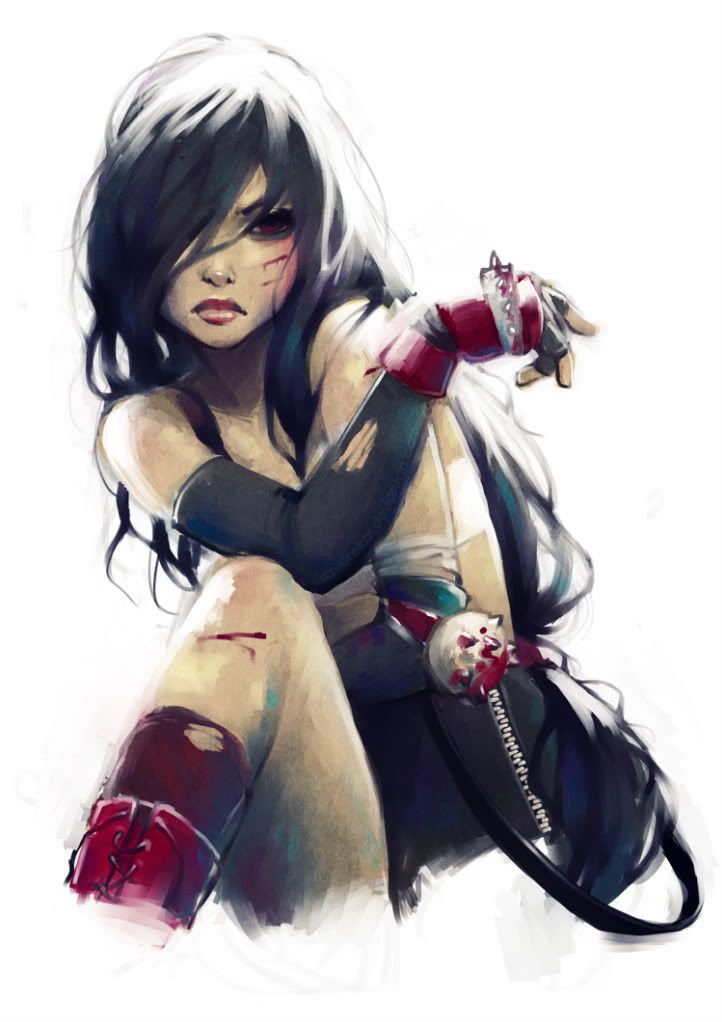






jessieluv Piercedtits :alyssabiblond:3514939 :Exiguous:1713371 NymphoKris stonereyez MetalMFC :knatas:2991097
'Xiangu or Jiangu' Cosmic Vessel, Zhou Dynasty [ Pre-Shogunate Japan] c. 500 BC
The origins of this character are unknown. It appears on only one document, which is a description/decoding of what has since been fancifully named the 'Map of God'. The map has never been uncovered, but it is a surprisingly accurate rendition (based on the descriptive text ) of selected portions of the cosmos as well as calculation of their movements, but as it gives spiritual worth and power to those heavenly bodies, it is regarded as more astrological rather than scientific. '
'Xiangu' is referred to as 'An ancient force of the heavens' but no specific place on the 'map' is given as the location of this force. Conflicting translations have been given; 'The Dragon's Skin' (from the idea that the Heavens are a dragon, and this appears to be an origin of binding symbol), 'Heavenly Knot'( from an obscure legend found amongst the same scrolls saying that there is a dragon hair rope that holds all of the world together and a knot that can only be seen and untied by one man.) , but 'Cosmic Vessel' is the most commonly accepted translation based on context (The last line reads, 'The world poured forth from the opening of Xiangu and must return to it.').
The pronunciation is approximate, and is derived from etymological inference based on the Japanese pronunciation -the character doesn't resemble any form, modern or ancient, of the character for vessel, or any other character for that matter. It may also be a name/surname.
The bracketed references pertain to what appears to be a direct Japanese translation of same document and it's accompanying 'map' which apparently utilized the same character, and gives the pronunciation as 'Ji-Gun.' Dating from the period before the introduction of Buddhism to Japan, this Japanese document is known only by a cataloging reference in the library archives of Minamoto Yoritomo, the first Shogun. It is listed as 'The Ancient Ji-Gun' and a short summary is givenno more than two lines, the pronunciation and a date of authorship, but it is enough to identify it as the same. Sadly the document itself was lost to a fire in a subsequent war.
Many literate cultures surrounding the Chinese shared a similar brush writing style. It is possible that the character is borrowed from those origins but this is speculation as few of those remain in the historical record.
A little side note if you're a weird coincidence buff like me...Beginning 1115 AD the Jurchen people, formerly a small federation of hunters and fishermen who lived in north-eastern Manchuria, suddenly rose to power and created a kingdom called 'Jiang' occupying a large portion of northern China. The kingdom ceased to exist in 1234 AD and in the early 16th century the Jurchen people adopted the name Manchu. In 1599 they adopted a Mongolian script and the Jurchen language ceased to be used. The Jurchen used a system of writing developed independently of Chinese, and although similar in physical appearance, it was entirely unrelated. While a few examples of the Jurchen script have survived, it remains untranslated.


















